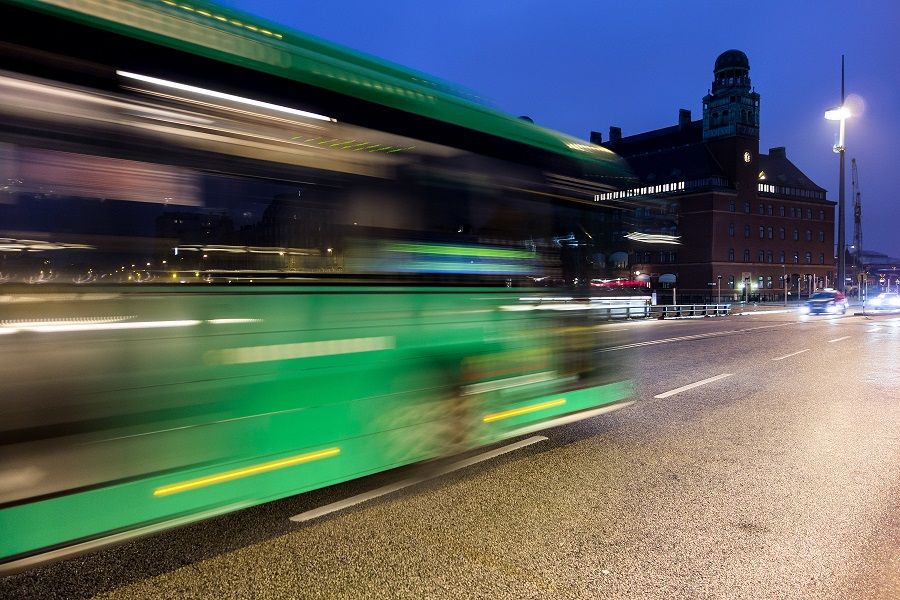The benefits of a Bus Priority system
One of the most effective solutions to the increasing environmental, economic and societal challanges within cities, is the use of public transport. And the most common kind of public transportation vehicle is the bus. While it possesses a lower capacity than trains or subways, it is much more flexible by being on the road.
Public transport is beneficial because:
- Financially beneficial for communities and cities, investments into public transportation helps create more business and jobs as well as increased residential property values for homes located near public transit.
- Reduces emissions and is more fuel efficient since it can carry more passengers than cars.
- Reduced traffic congestions
- Increased mobility for people who can't or don't want to drive
- Helps free up time for the passengers who can spend their travel time om other things
- It is often one of the safest alternatives for traveling

These are some of the reasons why public transport should be preferred over cars and why a lot of SWARCO's products and solutions support the use of public transport and other alternatives like micro-mobility.
One such product is our bus priority system. By making sure the bus is on time and creating a fast, safe and reliable journey, more people will opt to choose the bus and leave the car at home.
What is bus priority?
Bus priority is the concept of benefiting buses at intersections or junctions with controlled traffic signals. These benefits mean giving buses extended green lights or reducing the red-light time with various priority solutions. Bus priority can be both passive or active and can be summarized as follows:
- Passive bus priority mostly revolves around optimizing signal timing or coordinating successive signals to create a "Green Wave" for the bus. Passive bus priority requires no specialized hardware, and instead focuses on improving the general traffic along the bus route.
- Active bus priority relies on the concept of connected driving with different types of solutions that allows buses, traffic signals and systems to communicate and coordinate with each other.
Earlier versions of priority solutions were often expensive, bulky and gave little possibility to reliably follow up if the priority actually worked. SWARCO's bus priority can be used with virtual detectors, which basically means that no additional hardware is needed and the cost of implementation is greatly reduced. You also have access to a steady stream of reliable statistics and data allowing you to follow up and configure the prioritization to make sure it operates efficiently.
Benefits of bus and signal priority
Reduced travel times for buses
SWARCO's tests have shown that the use of signal priority for buses lowers the average time going through an intersection from 60 seconds to 41 seconds, about 1/3 of the time. In other words, the travel time will have been reduced by a full minute for every 3 intersection the bus passes through.
Improved bus schedule adherence and transit efficiency
By getting more green lights and riding a Green Wave, the bus will better be able to adhere to its schedule and be more on time.
A more attractive option
Bus priority is a cost-effective method to enhance the mobility of public transportation, making it a more attractive option as opposed to cars.
Contact SWARCO today to learn more about our bus priority systems and the kind of different priority strategies we offer.